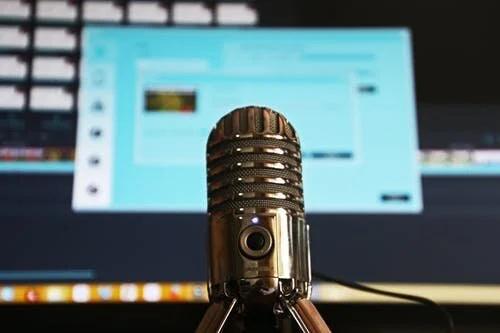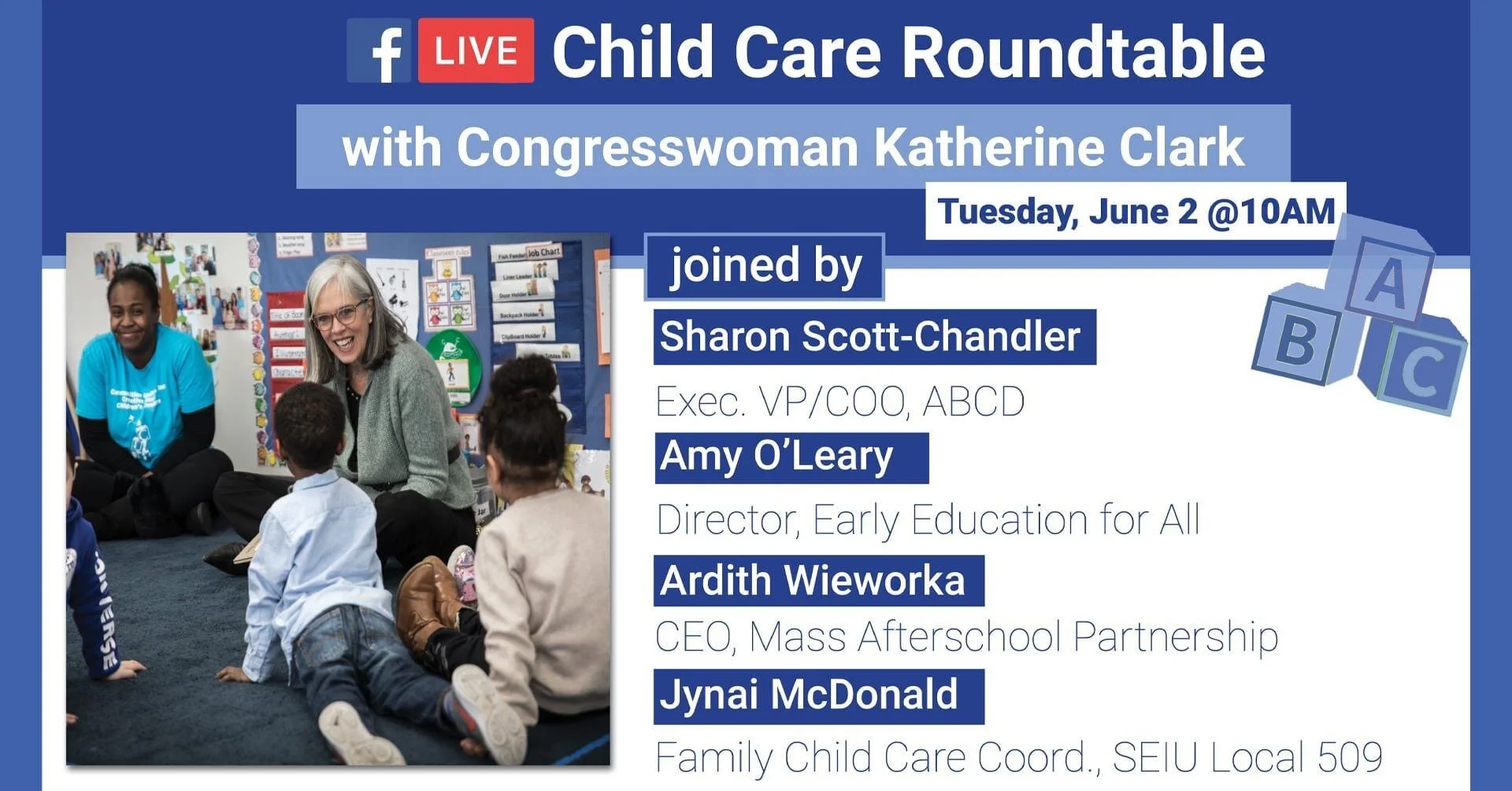Children Are Not Too Young, White Adults Are Just Uncomfortable: Why Adults Need to Talk About Injustice With Young Children by Nicole Willard
Social injustices are so clearly on display right now. Protests are happening all over the country as part of the Black Lives Matter movement and are sparking conversations of racism in America. White adults pride themselves on shielding children from the “scary” world. They live in fantasy of color-blindness where race does not exist. They say children are too young to understand the nuanced way the world works, yet Black children do not have that privilege. Their families have to have these conversations young, because for many it could be the difference between life or death. Why should children of color have to carry the burden of these conversations, but White children get to go on living in their bubble of privilege?
Children make observations about “tough” topics like race, gender, and ability all the time. Adults hear these statements and address them with whispered voices signaling that those topics are not to be discussed. This seems harmless, but unless adults are taking the time to deconstruct these statements, the messages of inequity are reinforced and normalized (DiAngelo, 2018). Children are bombarded from birth with information about what the dominant cultures deem acceptable in society (Hyland, 2010). We condition children to believe that White perspectives are more valuable than those of people of color by providing resources written from White perspectives (Sensoy & DiAngelo, 2017). Anti-bias education goes beyond the surface level of diversity, and challenges systems of prejudice and oppression, stereotyping and bias (Derman-Sparks, 1989).
Social justice ensures all members of society have equitable access to both social and economic resources (Bell, 2007; Eacott, 2016). Social justice fights for equitable access to positions of power to the oppressed, so they can contribute and participate in a society that meets their needs (Bell, 2007). Social justice is often deemed too deep for children to understand, yet early childhood is when children are becoming aware of concepts of justice and equity. They are forming their own identities, and are looking to better understand the world around them. It is the adults that often feel uncomfortable confronting their own bias. Children are not too young to understand social justice and anti-bias concepts, adults are just uncomfortable talking about them. White adults are not protecting children, but are protecting themselves (Hall, 2011).
When children are asked to articulate their ideas surrounding social justice, they can wrestle with topics that appear to be beyond the grasps of even some adults. Adults constantly talk about how children will shape the future (Ryan, 2008). It is the job of the adults in their lives to provide them with the skill set to think critically about the world and empower them to advocate for what they believe in. We should not want them to just uphold the system the way it is, but make change toward a more equitable society and be allies for the oppressed.
So, what can we do as White caregivers for young children? It starts with educating yourself.
· Look through resources that explain privilege, prejudice and oppression
· Address your own implicit and explicit biases
· Find resources to help deepen your understanding without putting the emotional labor on Black people
· Compensate Black people who are doing the work to educate you, even if they are friends or family
· Own your privilege and understand that you will never know all the ways it has impacted you
· Listen and acknowledge when your White privilege has caused others harm, and committing to do better
Next, we have to create a space for children to have these conversations. Provide children with a selection of anti-bias resources, so they can begin to explore perspectives outside of the dominant narrative. Now is not the time to shy away from questions about race, but to lean into the conversation, and encourage children to think critically about inequity (Robinson, 2005). We need to stop telling them things will make sense when they get older because that is not always true. Providing our white children and students with anti-bias language is an essential step toward changing the systems of oppression, and gives them the skills to be better allies (Zakin, 2012). This involves teaching White children to stand behind Black people and amplifying their voices over their own.
It is easy as white adults to become comfortable with the way things are. To ignore our privileges and move on with our lives. It is time that we step out of what we have been conditioned to believe, and look internally at our complacency within an oppressive system. While these conversations may be uncomfortable to have, it is time that we start becoming comfortable with being uncomfortable. We need to strive for a more equitable society, and that starts with raising our children to be compassionate, empathic, and most importantly… aware.
Additional Resources:
Your Kids Aren’t Too Young to Talk About Race: Resource Roundup
Anti-racism Resources for White People
For Our White Friends Desiring to be Allies
EmbraceRace: Raising a Brave Generation
How to Respond to “Riots Never Solve Anything!”
References:
Bell, L. A. (2007). Theoretical foundations for social justice education. In Teaching for Diversity and Social Justice (pp. 1–14).
Derman-Sparks, L. (1989). Anti-bias curriculum: Tools for empowering young children. National Associations for the Education of Young Children.
DiAngelo, R. (2018). White fragility: Why it’s so hard for white people to talk about racism. Beacon Press Books.
Eacott, S. (2016). Disruptions in production. In Ed.D. Programs as Incubators for Social Justice Leadership (pp. 1–13).
Hall, E., & Rudkin, K.J. (2011). The Special Estate of Children’s Rights. Seen and heard: Children’s rights in early childhood education. London, Ontario: Althouse Press. pp. 36- 49.
Hyland, N. (2010). Social justice in early childhood classrooms: What the research tells us. Young Children 65(1) 82-90.
Robinson, K. (2005). Doing anti-homophobia and anti-heterosexism in Early Childhood Education: moving beyond the immobilizing factors of ‘risks’, ‘fears’, and ‘silences’. Can we afford not to? Contemporary Issues in Early Childhood 6(2) 175-188.
Ryan, P. (2008). How new is the ‘new’ social studies of childhood? The myth of the paradigm shift. Journal of Interdisciplinary History, 38(4), 553-576.
Sensoy, O., & DiAngelo, R. (2017). Critical thinking and critical theory. In Is Everyone Really Equal? (pp. 23–34).
Zakin, A. (2012). Hand to hand: Teaching tolerance and social justice one child at a time. Childhood Education, 88(1), 3–13. https://doi.org/10.1080/00094056.2012.643709





